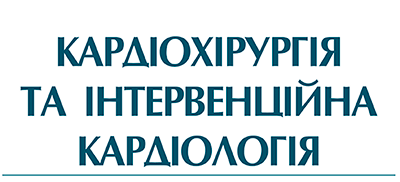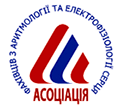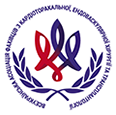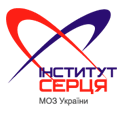News of cardiology and cardiac surgery
Arrhythmias in congenital heart disease: a position paper of the European Heart Rhythm Association (EHRA), Association for European Paediatric and Congenital Cardiology (AEPC), and the European Society of Cardiology (ESC) Working Group on Grown-up Congenital Heart Disease, endorsed by Heart Rhythm Society (HRS), Pediatric and Congenital Electrophysiology Society (PACES), Asia-Pacific Heart Rhythm Society (APHRS), and Latin American Society of Electrophysiology and Cardiac Stimulation (SOLAECE)
Hernández-Madrid A., Paul T., Abrams D., Aziz P.F., Blom N.A., Chen J., Chessa M., Combes N., Dagres N., Diller G., Ernst S., Giamberti A., Hebe J., Janousek J., Kriebel T., Moltedo J., Moreno J., Peinado R., Pison L., Rosenthal E., Skinner J.R., Zeppenfeld K.
The population of patients with congenital heart disease is continuously increasing with more and more patients reaching adulthood. A significant portion of these young adults will suffer from arrhythmias due to the underlying congenital heart defect itself or as a sequela of interventional or surgical treatment. The medical community will encounter an increasing challenge as even most of the individuals with complex congenital heart defects nowadays become young adults. Within the past 20 years, management of patients with arrhythmias has gained remarkable progress including pharmacological treatment, catheter ablation, and device therapy. Catheter ablation in patients with congenital heart disease has paralleled the advances of this technology in pediatric and adult patients with structurally normal hearts. Growing experience and introduction of new techniques like the 3D mapping systems into clinical practice have been particularly beneficial for this growing population of patients with abnormal cardiac anatomy and physiology. Finally, device therapies allowing maintanence of chronotropic competence and AV conduction, improving haemodynamics by cardiac resynchronization, and preventing sudden death are increasingly used. For pharmacological therapy, ablation procedures, and device therapy decision making requires a deep understanding of the individual pathological anatomy and physiology as well as detailed knowledge on natural history and long-term prognosis of our patients. Composing expert opinions from cardiology and paediatric cardiology as well as from non-invasive and invasive electrophysiology this position paper was designed to state the art in management of young individuals with congenital heart defects and arrhythmias.
Key words: сongenital heart disease, arrhythmia, sudden cardiac death, heart failure, macroreentry tachycardia, atrioventricular block, bradycardia, implantable cardioverter-defibrillator, pacemaker, cardiac resynchronization therapy, ablation, European Heart Rhythm Association position paper.
| [PDF] | [References] |








